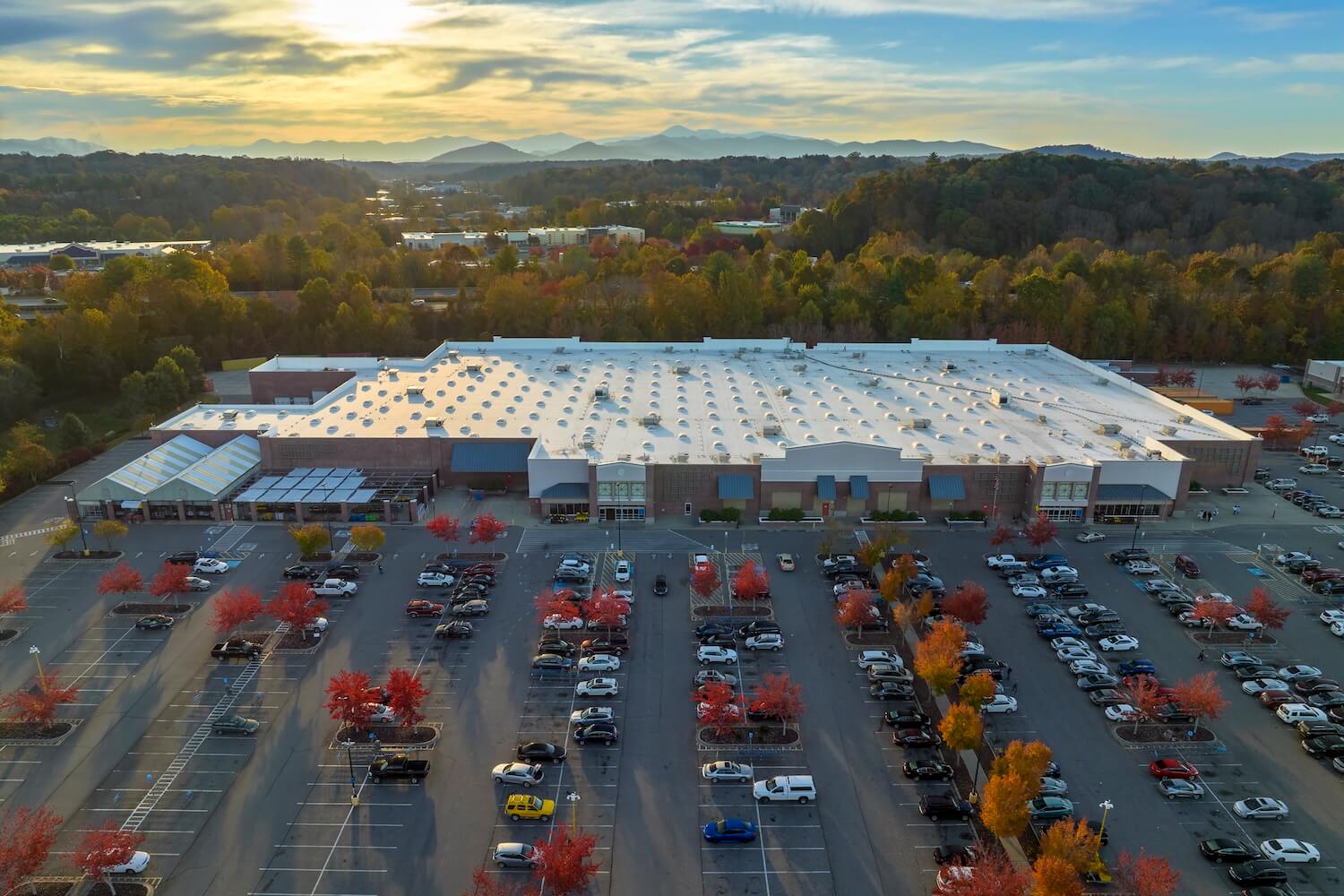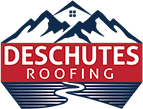Maintaining the structural integrity of a commercial building is one of the most important responsibilities that property owners and managers face. One key aspect of this maintenance is ensuring the health and performance of the roof, which plays a critical role in protecting the structure from the elements, safeguarding the assets and occupants within, and contributing to the building’s overall efficiency. However, when roofing problems arise, the temptation to opt for quick, inexpensive fixes can be strong. In reality, investing in quality commercial roof repairs that focus on long-term solutions is not just a wise choice—it’s essential to maintaining the building’s value, safety, and longevity.

In this comprehensive article, we’ll explore the importance of quality roof repairs for commercial buildings, the dangers of quick fixes, and how investing in long-term solutions can save time, money, and headaches in the long run. We will also offer insights into how to choose the right roofing contractor to ensure that your repairs are of the highest quality.
The Vital Role of Commercial Roofing Systems
A commercial roof is more than just a protective layer over a building—it’s an integral part of the building’s overall system. Commercial roofing systems, depending on the material and design, are built to withstand a range of environmental conditions, from intense heat and freezing temperatures to heavy rainfall and snow accumulation. Moreover, commercial roofs are often exposed to different stresses compared to residential roofs, as they tend to cover larger areas and sometimes support equipment like HVAC systems, solar panels, or even green roofing installations.
The role of a commercial roof goes beyond merely keeping water out. It influences energy efficiency, impacts indoor comfort, and even affects the building’s aesthetic appeal and structural integrity. When properly maintained and repaired, a commercial roof can last for decades. However, neglect or improper repairs can lead to issues that compromise the safety of the building and the well-being of its occupants.
Common Commercial Roof Issues and Their Long-Term Impacts
Before diving into the great benefits of investing in quality commercial roof repairs, it’s important to recognize the common issues that commercial roofs face and how they can impact a building if not addressed properly.
1. Roof Leaks and Water Damage
One of the most common problems for commercial roofs is water infiltration. Even the smallest leak can cause significant damage if left unchecked, allowing water to penetrate the roofing membrane, insulation, and building materials beneath. Over time, this can lead to mold growth, weakened structural elements, and expensive interior damage. The most effective way to address a roof leak is through a quality repair that ensures a proper seal and prevents further water ingress.
2. Punctures, Tears, and Cracks
Many commercial roofs, particularly flat or low-slope roofs, are susceptible to punctures, tears, or cracks. These can result from foot traffic, such as maintenance crews walking on the roof, or from debris, wind-blown objects, or sharp edges from mechanical equipment. Small punctures may seem harmless at first, but they can quickly turn into larger problems, allowing moisture to enter the roof system and compromise its integrity.
3. Blistering, Bubbling, and Roof Membrane Separation
Improper installation or poor ventilation can cause roofing membranes to blister or bubble. These blisters, which form when moisture or air becomes trapped beneath the membrane, weaken the material and can eventually cause it to separate from the roof deck. Over time, these blisters can lead to roof failure, requiring extensive and costly repairs if not dealt with early.
4. Pooling or Ponding Water
Flat roofs, common in commercial buildings, often experience problems with water pooling. After heavy rainfall, water may fail to drain properly, leaving puddles that can remain for days. If left standing, this water can weaken the roof membrane, accelerate deterioration, and increase the likelihood of leaks. Proper roof repairs often involve improving drainage systems or re-sloping areas of the roof to prevent water from pooling.
5. Flashing and Sealant Failures
Flashing is used around roof edges, vents, skylights, and other penetrations to prevent water from entering at vulnerable points. Over time, flashing can become damaged, dislodged, or corroded. Similarly, sealants used around penetrations can degrade or crack due to UV exposure and temperature fluctuations. If these components are not repaired promptly and properly, they can lead to significant water infiltration and damage.
The Pitfalls of Cheap or Temporary Roof Fixes
When faced with roofing issues, property managers and owners might be tempted to go for the most affordable or quickest solution. However, these temporary fixes can lead to long-term problems that far outweigh any initial savings. Here’s why opting for quick and cheap repairs is usually a mistake:
1. Short-Term Fixes Provide Temporary Relief
Quick fixes, such as applying a patch to a leak or resealing a crack, might seem to solve the problem in the short term. However, these repairs often fail to address the underlying issue, such as damaged insulation, corroded flashing, or compromised structural components. As a result, the problem may resurface in a few months or even weeks, leading to more frequent repairs and escalating costs.
2. Increased Long-Term Costs
While a temporary fix may seem more affordable upfront, it often leads to higher long-term expenses. Poor repairs can fail prematurely, causing further damage that requires more extensive and costly work. In some cases, repeated temporary fixes may lead to the need for a full roof replacement far sooner than expected.
3. Subpar Materials and Workmanship
Cheap repairs often involve the use of inferior materials or unskilled labor, both of which contribute to a lower-quality job. Inadequate repairs not only fail to address the problem effectively but can also create new issues. For instance, improperly applied roofing patches or membranes may trap moisture, leading to blistering, water damage, or mold growth within the roofing system.
4. Increased Risk of Structural Damage
One of the biggest risks of temporary fixes is the possibility of structural damage. Water infiltration caused by leaks, for example, can damage roof decking, walls, and interior components. If left unchecked, this can compromise the building’s structural integrity, leading to costly repairs or even dangerous conditions for occupants.
Why Investing in Quality Roof Repairs Pays Off
Given the risks associated with temporary or substandard roof repairs, it’s clear that investing in high-quality, long-term solutions is the smarter choice. Here are the key reasons why quality commercial roof repairs offer significant benefits:
1. Prolonged Roof Lifespan
A high-quality repair done by experienced professionals can extend the lifespan of a commercial roof by years or even decades. By addressing both the surface-level issues and the underlying causes of damage, quality repairs ensure that your roof remains durable and resilient against environmental factors.
When you opt for long-lasting solutions, such as replacing damaged sections of the roof, repairing flashing, and resealing seams with industry-grade materials, you can avoid premature roof failure and delay the need for a full replacement.
2. Reduced Maintenance and Repair Costs
Although quality roof repairs might require a larger upfront investment, they reduce the need for ongoing maintenance and repairs. By addressing problems thoroughly, you minimize the chances of recurring leaks, cracks, or other issues that would otherwise require frequent attention. In the long run, this results in substantial cost savings.
3. Energy Efficiency and Cost Savings
The condition of a commercial roof has a direct impact on a building’s energy efficiency. When the roof is properly sealed and insulated, it helps regulate indoor temperatures, reducing the load on heating and cooling systems. This leads to lower energy consumption and reduced utility bills.
4. Enhanced Safety for Building Occupants
A well-maintained roof is essential for the safety of building occupants. Leaks, mold, and structural damage caused by poor roof conditions can create health hazards and increase the risk of accidents or injuries. High-quality repairs eliminate these risks, providing a safe environment for employees, tenants, and customers.
In extreme cases, neglecting roof repairs can lead to catastrophic roof failures, such as partial collapses. Investing in quality repairs ensures that the roof remains structurally sound, reducing the likelihood of such dangerous incidents.
5. Compliance with Building Codes and Regulations
Commercial buildings must comply with local building codes and regulations, which often include strict requirements for roof maintenance and safety. Failing to meet these standards can result in fines, legal issues, or even the forced closure of the building.
When you invest in quality roof repairs, you ensure that your building meets all necessary codes and regulations. Professional roofing contractors are familiar with the latest industry standards and will ensure that repairs are performed according to these guidelines, protecting you from potential legal and financial consequences.
6. Improved Curb Appeal and Property Value
A well-maintained commercial roof enhances the overall appearance of your building, which can improve its curb appeal and marketability. This is especially important for businesses that rely on attracting customers, such as retail stores, restaurants, or hotels. A building with a deteriorating or unsightly roof can create a negative first impression, while a well-repaired roof contributes to a positive image.
In addition, a building with a strong, reliable roof is more valuable in the real estate market. Should you decide to sell the property, a history of high-quality roof repairs will be seen as an asset by potential buyers, who will appreciate the reduced risk of future roofing problems?
Choosing the Right Roofing Contractor for Quality Repairs
Now that we’ve established the importance of investing in quality commercial roof repairs, the next step is ensuring that you hire the right contractor for the job. Not all roofing companies are created equal, and choosing a qualified, experienced contractor is crucial to getting the best results. Here’s what to look for when selecting a roofing contractor:
1. Experience and Expertise
Look for a roofing contractor with extensive experience in commercial roofing repairs. Commercial roofs are complex systems, and only contractors with the necessary expertise can diagnose problems accurately and perform repairs that will last. Ask about their experience with the specific roofing material and system your building uses, whether it’s built-up roofing (BUR), modified bitumen, TPO, EPDM, or another type.
2. Licensing and Insurance
Make sure the contractor is fully licensed and insured. Licensing ensures that the contractor is qualified to perform roofing work in your area, while insurance protects both you and the contractor in the event of accidents or damage during the repair process.
3. Reputation and References
Check the contractor’s reputation by reading online reviews, asking for references, or checking with industry organizations like the Better Business Bureau. A contractor with a strong track record of customer satisfaction is more likely to provide high-quality repairs.
4. Warranty and Guarantees
Quality roofing contractors stand behind their work. Ask about warranties on both materials and labor to ensure that you’re covered in case of future issues. A solid warranty indicates that the contractor is confident in the durability and quality of their repairs.
5. Transparency and Communication
A reputable roofing contractor will provide clear, detailed estimates for the work and will communicate with you throughout the repair process. They should be upfront about the scope of the repairs, the expected timeline, and the total cost. Avoid contractors who offer vague estimates or are unwilling to answer your questions.
Conclusion
Commercial roofing issues can quickly escalate into significant problems if not addressed properly.
Investing in quality roof repairs ensures the long-term performance, safety, and efficiency of your building. By addressing the root causes of damage and using high-quality materials and workmanship, you can extend the lifespan of your roof, reduce long-term costs, and protect your property from costly structural damage. Choose a qualified roofing contractor to perform the repairs, and you’ll be well on your way to maintaining a safe, efficient, and valuable commercial building for years to come.










